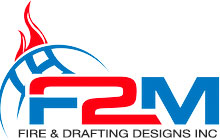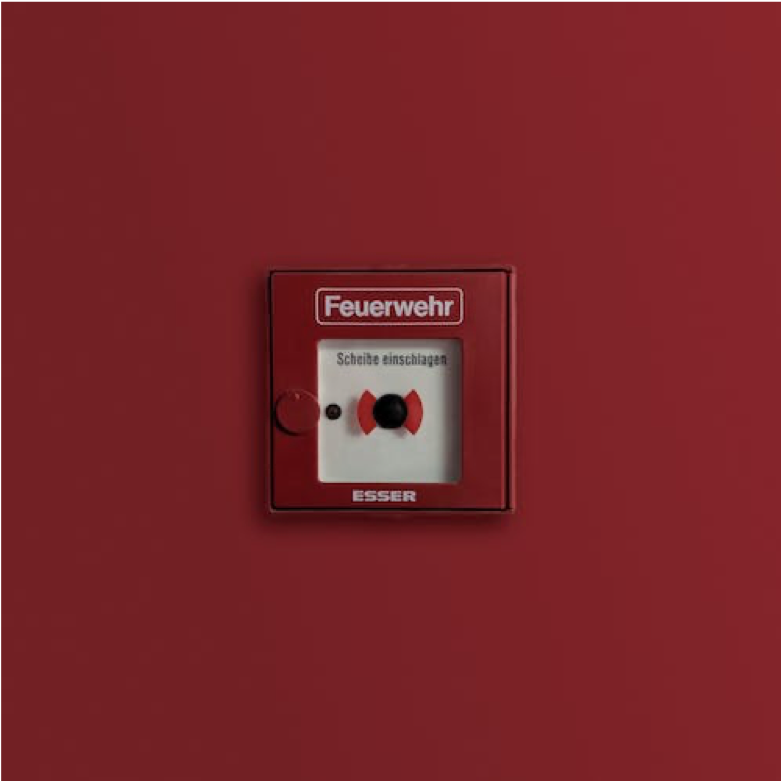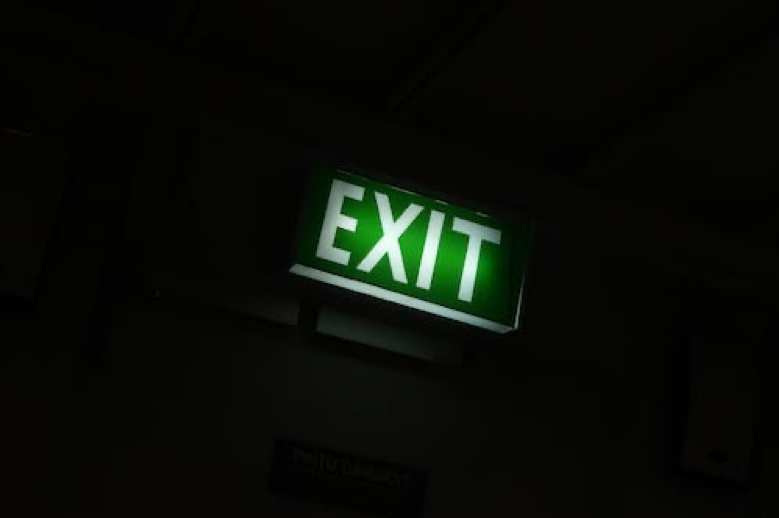Fire System Information
Fire Sprinkler Systems and Maintenance: Best Practices and Common Pitfalls
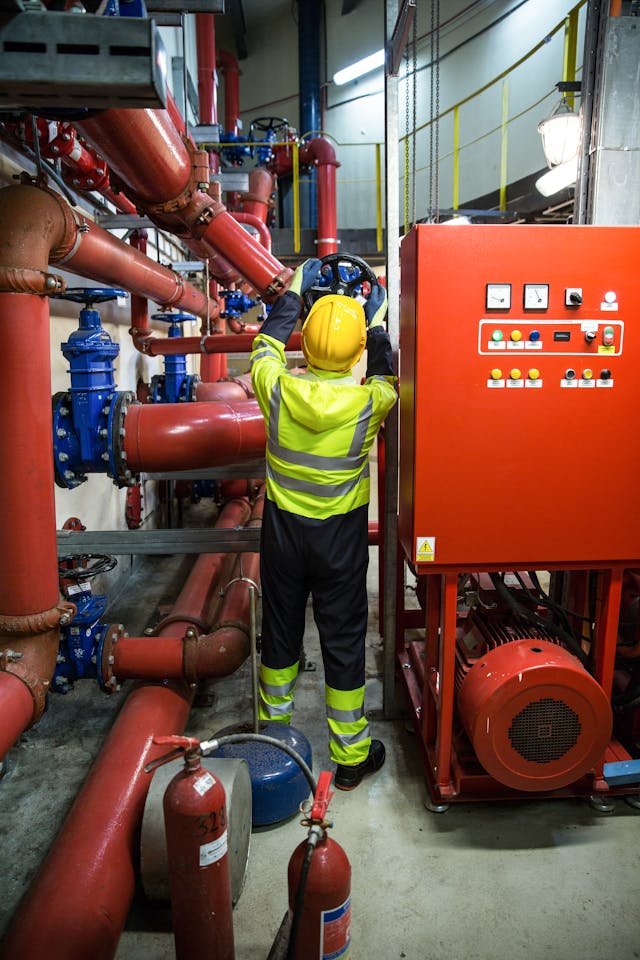 Staying on top of your fire sprinkler systems maintenance is crucial to ensure it functions correctly in the event of a fire. Regular maintenance not only helps in complying with safety regulations but also ensures the longevity and reliability of the system. This blog post will cover best practices for maintaining fire sprinkler systems and highlight common pitfalls to avoid.
Staying on top of your fire sprinkler systems maintenance is crucial to ensure it functions correctly in the event of a fire. Regular maintenance not only helps in complying with safety regulations but also ensures the longevity and reliability of the system. This blog post will cover best practices for maintaining fire sprinkler systems and highlight common pitfalls to avoid.
Best Practices for Fire Sprinkler Systems and Maintenance
Regular Inspections
Conducting regular inspections is vital to identify any issues before they become significant problems. Best practices include:
- Monthly Visual Inspections: Check for any visible damage or obstructions to the sprinkler heads and piping.
- Quarterly System Checks: Inspect the alarm valves, pressure gauges, and control valves to ensure they are in proper working condition.
- Annual Professional Inspections: Hire certified professionals to perform a thorough inspection and testing of the entire system.
Testing and Drills
Regular testing and fire drills are essential to ensure that the fire sprinkler system will function correctly during an emergency. Key practices include:
- Flow Testing: Conduct flow tests to verify the water pressure and flow rate are adequate.
- Alarm Testing: Test the fire alarm system to ensure it activates correctly when the sprinkler system is triggered.
- Fire Drills: Perform regular fire drills to familiarize occupants with evacuation procedures and ensure the system’s effectiveness.
Maintenance of Components
Maintaining the individual components of the fire sprinkler system is crucial for its overall functionality. Best practices include:
- Cleaning Sprinkler Heads: Regularly clean sprinkler heads to remove dust and debris that could obstruct water flow.
- Checking for Leaks: Inspect the piping for any leaks or corrosion and repair them promptly.
- Maintaining Valves: Ensure that control valves are in the correct position and free from any obstructions.
Documentation and Record Keeping
Keeping detailed records of all inspections, tests, and maintenance activities is essential for compliance and future reference. Important steps include:
- Documenting all inspections and maintenance activities, including the date, findings, and actions taken.
- Maintaining records of any repairs or replacements performed on the system.
- Ensuring that records are easily accessible for regulatory inspections.
Common Pitfalls to Avoid
Neglecting Regular Inspections
One of the most common mistakes is failing to conduct regular inspections. This oversight can lead to undetected issues that compromise the system’s effectiveness.
Ignoring Minor Issues
Small problems, such as minor leaks or slightly misaligned sprinkler heads, can escalate into significant issues if left unaddressed. Promptly addressing minor issues is crucial.
Improper Testing Procedures
Conducting tests incorrectly or failing to follow proper procedures can result in inaccurate assessments of the system’s condition. Ensure that all tests are performed by trained professionals following established guidelines.
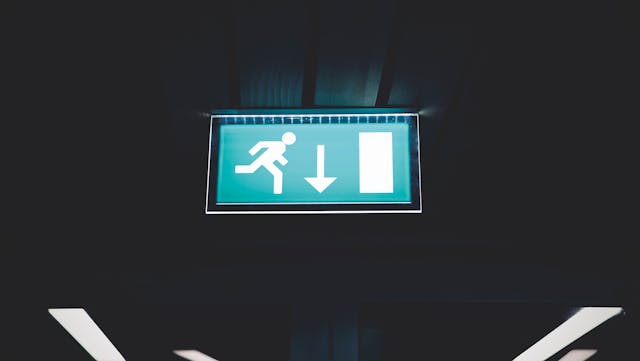
Inadequate Training
Building occupants and maintenance personnel should be adequately trained on the fire sprinkler system’s operation and maintenance. Lack of training can lead to improper handling and maintenance.
Poor Record Keeping
Failing to maintain detailed records of inspections, tests, and maintenance activities can lead to non-compliance with regulations and difficulties in diagnosing issues.
Fire Sprinkler Systems and Maintenance: Conclusion
Regular maintenance of fire sprinkler systems is essential to ensure their reliability and effectiveness in protecting lives and property. By following best practices and avoiding common pitfalls, you can maintain your fire sprinkler system in optimal condition and ensure compliance with safety regulations.
Do You Need A New Fire Sprinkler System Designed?
At F2M Fire & Drafting Designs Inc., we offer comprehensive fire sprinkler system design services. Contact us today to learn more.
F2M Fire & Drafting Designs Inc.
31 South Street, Suite 3S-4
Mount Vernon, NY 10550
✆ (718) 928-3009
Email: info@f2mfadds.com
The Importance of Regular Fire Sprinkler System Maintenance
In this blog post, we will discuss the importance of regular fire sprinkler system maintenance and the potential consequences of neglecting this critical aspect of fire protection. A fire sprinkler system is a critical component of any commercial, industrial, or retail property’s fire protection system. A well-designed and properly installed fire sprinkler system can quickly detect and extinguish a fire, helping to prevent damage to your building and potential harm to its occupants. However, a fire sprinkler system that is not properly maintained can be ineffective and even dangerous.
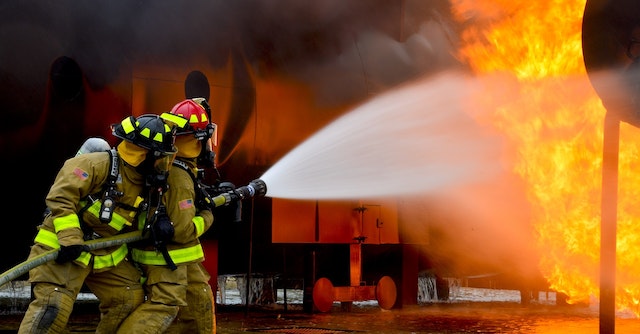
Preventing Malfunction and Failure
Regular maintenance of your fire system is critical for preventing malfunction and failure. Over time, sprinkler heads can become damaged or corroded, and pipes can become clogged or damaged, which can impair the system’s ability to function effectively in the event of a fire. Maintenance will also help ensure that sprinkler heads and pipes are in good working order and that any issues are addressed before they can cause a failure or malfunction.
Complying with Codes and Regulations
Fire sprinkler systems are subject to a variety of codes and regulations, and failure to comply with these requirements can result in fines, penalties, and legal liability. Regular maintenance of your fire sprinkler system can help ensure that your system is in compliance with all necessary codes and regulations, and that you are doing everything possible to protect your building and its occupants from the risk of fire.
Extending the Life of Your Fire Sprinkler System
Maintaining your fire sprinkler system can also help extend the life of the system. By addressing issues early and preventing malfunctions and failures, you can help ensure that your fire sprinkler system functions effectively for years to come, providing optimal protection for your building and its occupants.
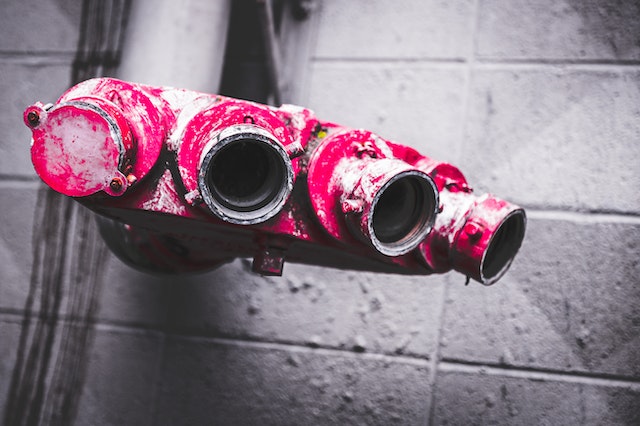
Protecting Your Investment
A fire sprinkler system is a significant investment, and regular maintenance is essential for protecting this investment. Neglecting maintenance can lead to costly repairs, replacements, or even the need to install an entirely new system. By investing in upkeep, you can help protect your investment and ensure that your fire system provides optimal protection for your building and its occupants.
Fire Sprinkler System Maintenance: Contact F2M Fire and Drafting Designs Inc.
At F2M Fire and Drafting Designs Inc., we understand the importance of regular fire sprinkler system maintenance. Consider us when choosing a contractor to design your new fire sprinkler system. Our comprehensive experience in the field of fire protection design help protect your property and tenants from fire related accidents.
Contact us today to learn more about our fire protection system design services.
F2M Fire & Drafting Designs Inc.
31 South Street, Suite 3S-4
Mount Vernon, NY 10550
✆ (718) 928-3009
Email: info@f2mfadds.com
https://www.f2mfadds.com/contact
Common Parts Used in Fire Sprinkler Systems
What are the different parts used in fire sprinkler systems? As a business owner, you must be able to keep your property, employees, and customers safe while they remain on the premises. And one of the most important things you have to keep your assets safe from is a possible fire hazard.
The risk of a fire hazard is always looking over a company, especially one that deals in flammable materials. Without an effective fire protection system, employees will not feel safe working in the company, and other assets will not be safe.
But before you can install an effective fire protection system throughout your business, you must first know about all the components that go into it. Learning about all of the components that go into fire protection systems can make it easier to set one up in your business. Although they will usually come in different types, fundamentally speaking, these protection systems work the same way.
So even though a system might have slightly different features, it will always consist of the following components.
The Most Common Parts of a Fire Sprinkler System
A fire sprinkler system doesn’t just allow you to suppress or extinguish the fire, but it can also give your employees a few extra seconds to escape the premises. The major components of these types of systems include:
Automatic Fire Sprinklers
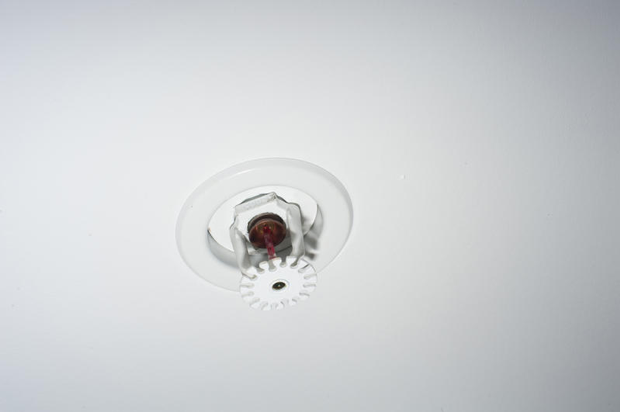 The first common component in nearly every fire protection system available in the market is fire sprinklers. These devices spread water that reaches out in a radius. These sprinklers are intended to cover as much area as possible when spreading water through the premises.
The first common component in nearly every fire protection system available in the market is fire sprinklers. These devices spread water that reaches out in a radius. These sprinklers are intended to cover as much area as possible when spreading water through the premises.
There are two distinct ways that fire sprinklers operate. The first one is that the sprinklers will turn on individually, with one often being enough to suppress a fire. The second type of sprinkler will open all valves at once, flooding the room to prevent a fire. This system becomes especially important in smaller workplaces where the fire is likely to spread much faster.
Fire Alarm Sensors and Triggers
The next major part of a fire protection system is the many sensors and alarms that alert individuals about a fire. Sensors play a vital role in detecting a fire on the premises, and the alarms will notify people of a fire.
The alarms will often have a manual switch, which people can turn on to notify about an alarm. While most fire protection systems will come with alarms, sensors, and sprinklers, you can get them separately.
The Primary Power Supply
Fire alarms often require a power connection to operate effectively, which is why they depend on a wired connection. Some alarms can also run on batteries but are liable to shut down during crucial moments.
Most automatic fire sprinkler systems don’t need a sensor to start spreading water. Often, these sprinklers will come with an individual sensor that triggers the water flow as soon as the temperature reaches 135°F.
Exit Lights
Another common part of any fire protection system is the exit lights, which help people know where to run during a fire. These will often connect to the overall fire protection system.
Parts Used in Fire Sprinkler Systems: Conclusion
These major components make up your average fire protection system. While some might have other features or sensors, such as a carbon monoxide sensor, these are the fundamentals that every system needs.
If you’re looking for a licensed expert to design a code compliant fire sprinkler system, allow our experts at F2M to help. We have over 20 years of expertise in the field and have worked all over the USA.
Call today for a consultation.
F2M Fire & Drafting Designs Inc.
31 South Street, Suite 3S-4
Mount Vernon, NY 10550
(718) 928-3009
info@f2mfadds.com
https://www.f2mfadds.com/contact
